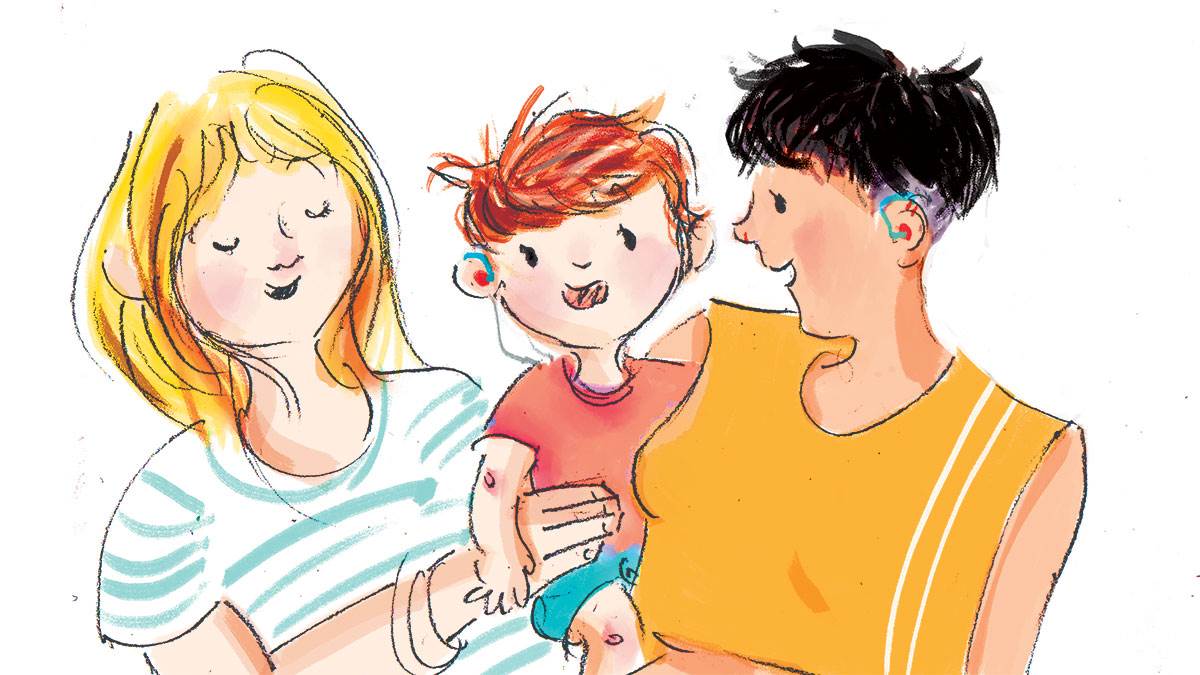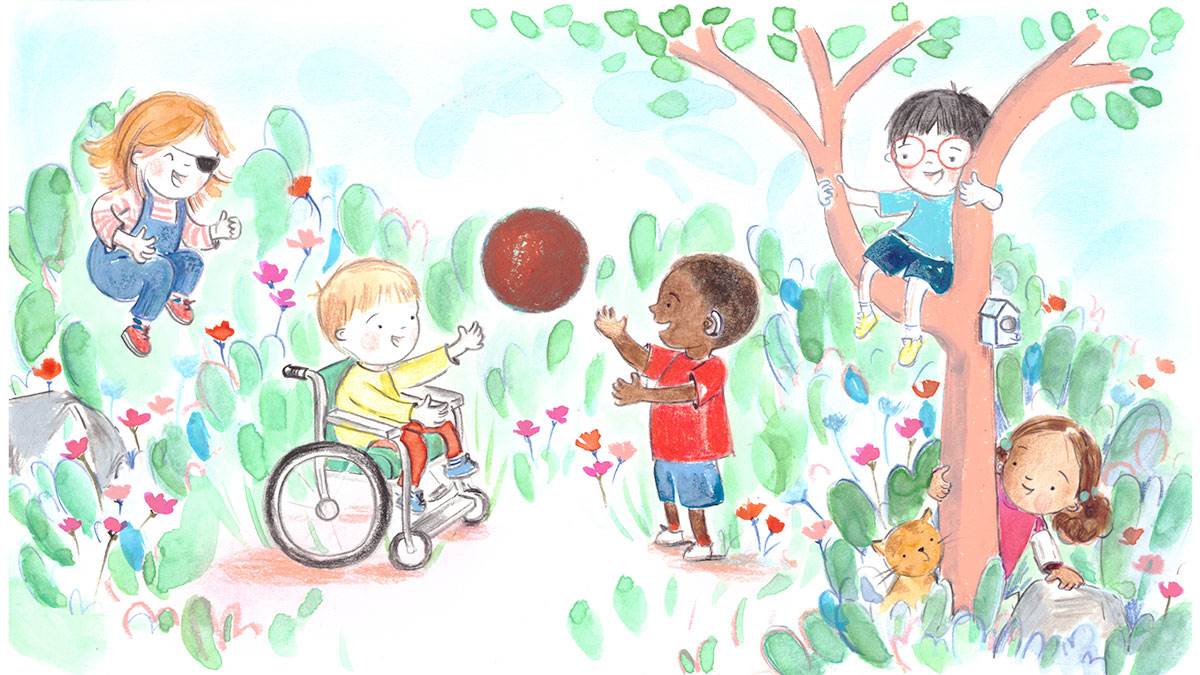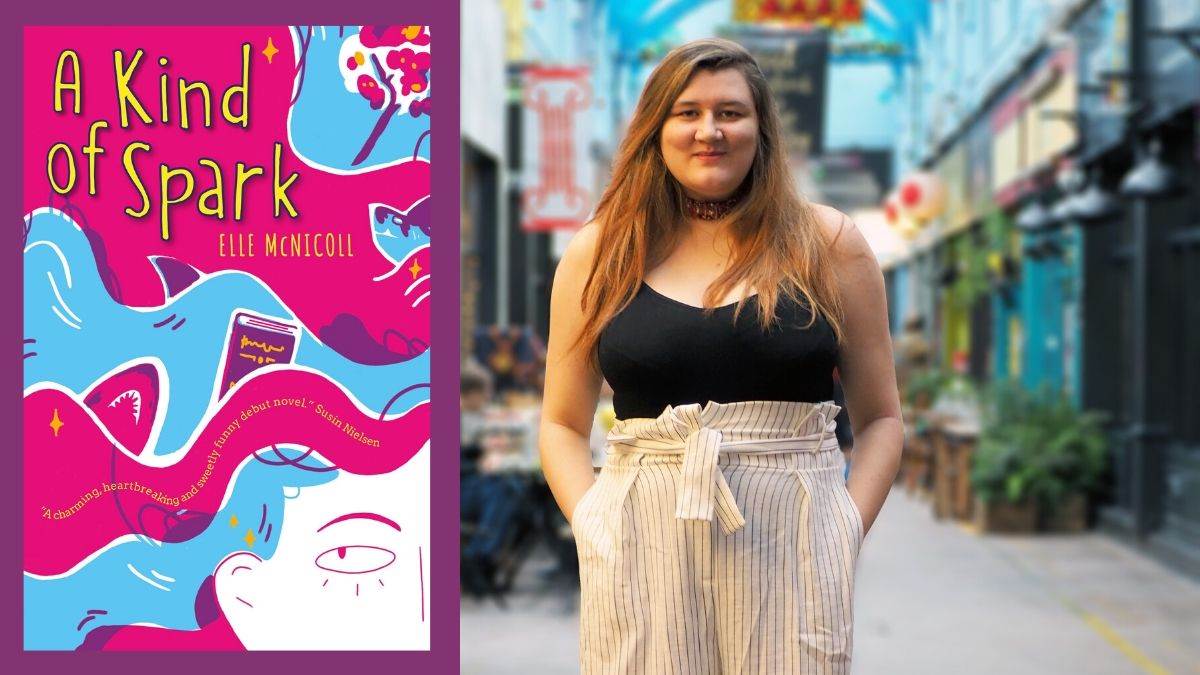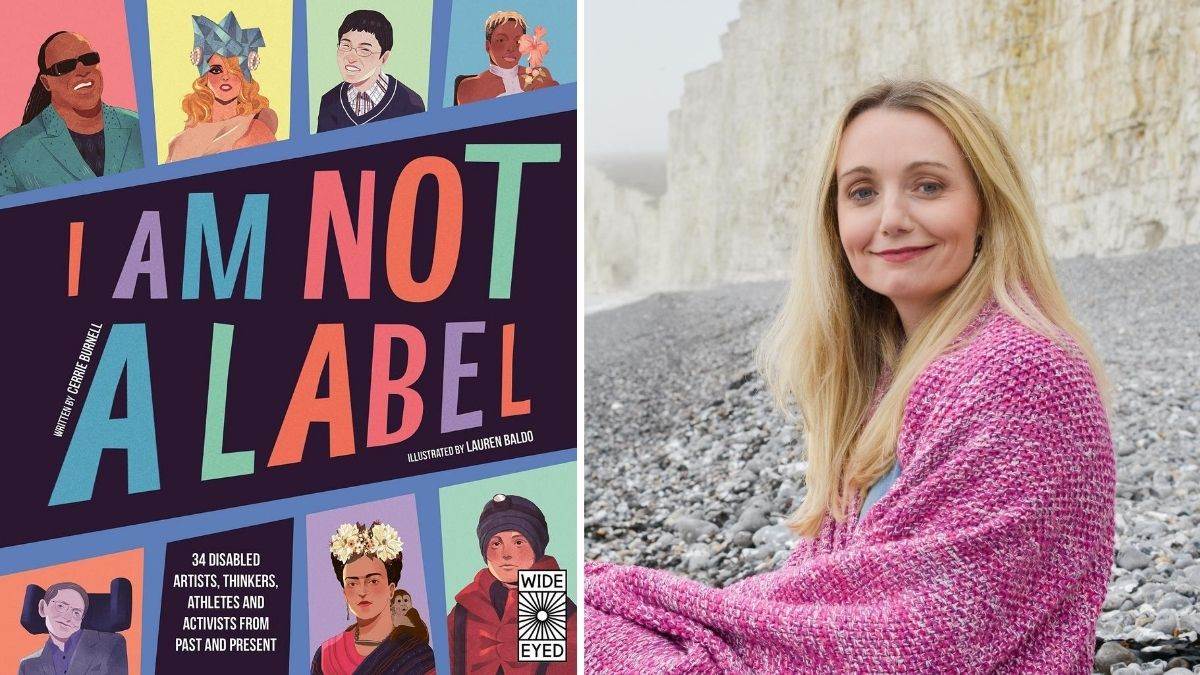How to choose the best inclusive books
Published on: 9 Rhagfyr 2020
With December seeing International Day of Disabled People, BookTrust consultant Alex Strick shares tips on finding the very best inclusive books.
 Illustration: Kate Alizadeh
Illustration: Kate Alizadeh
It’s December. The end of an unarguably eventful year, and one which for most of us will be memorable for all the wrong reasons.
But December is also the time when many of us can turn our thoughts to more positive things – like giving. And what better present to give any child than an authentically inclusive book? And I’m talking about books that are brilliant reads for all children, but happen to include disabled characters.
So here’s my advice on finding, choosing and giving the perfect inclusive book.
Where will you find it?
You are in exactly the right place! This site is your ideal starting point. And this blog provides a bit of a round-up of some of the best books we’ve come across during 2020 for all ages, many of which we have highlighted throughout the year through our Bookmark Book of the Month slot. I’m going to outline what makes them so utterly brilliant that you will surely want to buy some of them for your nearest and dearest.
Where to buy
Thank goodness there are some great indie booksellers to buy from online. I’ve already ordered an early Christmas present or two from Letterbox Library, not-for-profit booksellers who specialise in supplying only the very best diverse and inclusive books. Places like Bookshop.org and Hive mean we can buy every kind of book from our sofa, safe in the knowledge we are supporting our most precious high street bookshops.
 Illustration: Fiona Lumbers
Illustration: Fiona Lumbers
Make it a good inclusive book
Just because a book includes a disabled character, it doesn’t necessarily follow that this makes it a good inclusive book. It may be a great representation but dull as dishwater. Or perhaps it’s a gripping read but the depiction of disability is inaccurate, stereotyped or even plain negative. Thankfully, there are enough books featuring disabled characters these days that you have the luxury of being a bit selective. And again, this blog is here to help you make that selection.
Look for authenticity
So how do you know if it’s a good inclusive book? For starters, you could look at whether it is written with real knowledge, ideally first-hand. A great example we liked this year was A Kind of Spark by ElleMcNicholl. This short but satisfying book for readers aged 9+ features a modern-day protagonist who happens to be on the autistic spectrum and will fascinate and engage any reader, with its convincing characters and intriguing themes such as 16th century witch trials. The fact that it’s by a neurodivergent author means you can be sure of authenticity where autism is concerned.
Good research
If it’s not written by someone with personal experience, this doesn’t mean it should be written off. A book like Penny Joelson’s Things the Eye Can’t See is the perfect example of an author’s conscientious research paying off. Libby is a credible protagonist and a wealth of convincing yet unforced insights into visual impairment packaged in a super mystery to grip any young reader aged 12 and above.
 A Kind of Spark was written by neurodivergent author, Elle McNicoll (pictured).
A Kind of Spark was written by neurodivergent author, Elle McNicoll (pictured).
Look out for non-fiction too
I love Cerrie Burnell’s I Am Not a Label. This could easily have been a non-disabled person’s perception of disability, perhaps offering an uncomfortable source of ‘inspiration’. It’s instead a collection of powerful disabled role models introduced by someone with real knowledge – lived experience. And the result is a book that recognises that disability is neither a disaster nor a gift – it is just another normal.
Look beyond the obvious
It’s thankfully much easier than it used to be to find picture books that casually include children with wheelchairs and hearing aids in the pictures. But do also look out for books that feature other conditions, naturally and authentically. 2020 saw great new books touching on mental health challenges (e.g the picture book Up and Down Mum by Summer Macon), non-verbal communication (we love Talking is Not My Thing by Rose Robbins) and limb difference (Gracie Fairshaw and the Mysterious Guest by Susan Brownrigg, ideal for mystery-lovers aged 9+).
Complement the traditional
And what of the classics? Should we hide any books that we loved as children, if they feature images of disability that are now dated? That’s a personal call, but I think there is often still much to enjoy, whilst reminding ourselves that times – and representation – have now thankfully changed. Historical depictions of disability should be viewed within context, and complemented with plenty of books that offer authentic and positive messages and images.
Challenge inequality
Finally, let’s find books that remind young readers that they have the right – and indeed the power – to change the future and help make the world the one they want it to be. Look out for great books that empower and inspire them to refuse to accept inequality. One of my favourite books which I will be giving friends young and old is definitely Sinéad Burke’s Break the Mould.

I Am Not A Label by author Cerrie Burnell (pictured)
Here’s to an increasingly inclusive 2021!
Find your next book
Looking for more inclusive books for your next read? Check out our best of the year, or explore one of our other booklists.
Books with positive images of disability: See the best of the year
Here are the children's books in 2022 that BookTrust think show positive images of disability, as well as titles that may prove useful in discussing disability and inclusive issues with young readers.
Autism
We believe that books are a great way to raise awareness and improve understanding of different experiences. This booklist aims to provide a range of children's and teens' books that feature characters who are autistic, or who have Autistic Spectrum Conditions.
Visual impairment in books
This list is made up of books featuring characters who are blind or visually impaired, as well as books which include characters with glasses and/or eye patches in a natural and positive way. Books here cover a range of ages, from little ones up to teenagers.
Topics: Bookmark, Inclusive, Additional needs, Features








